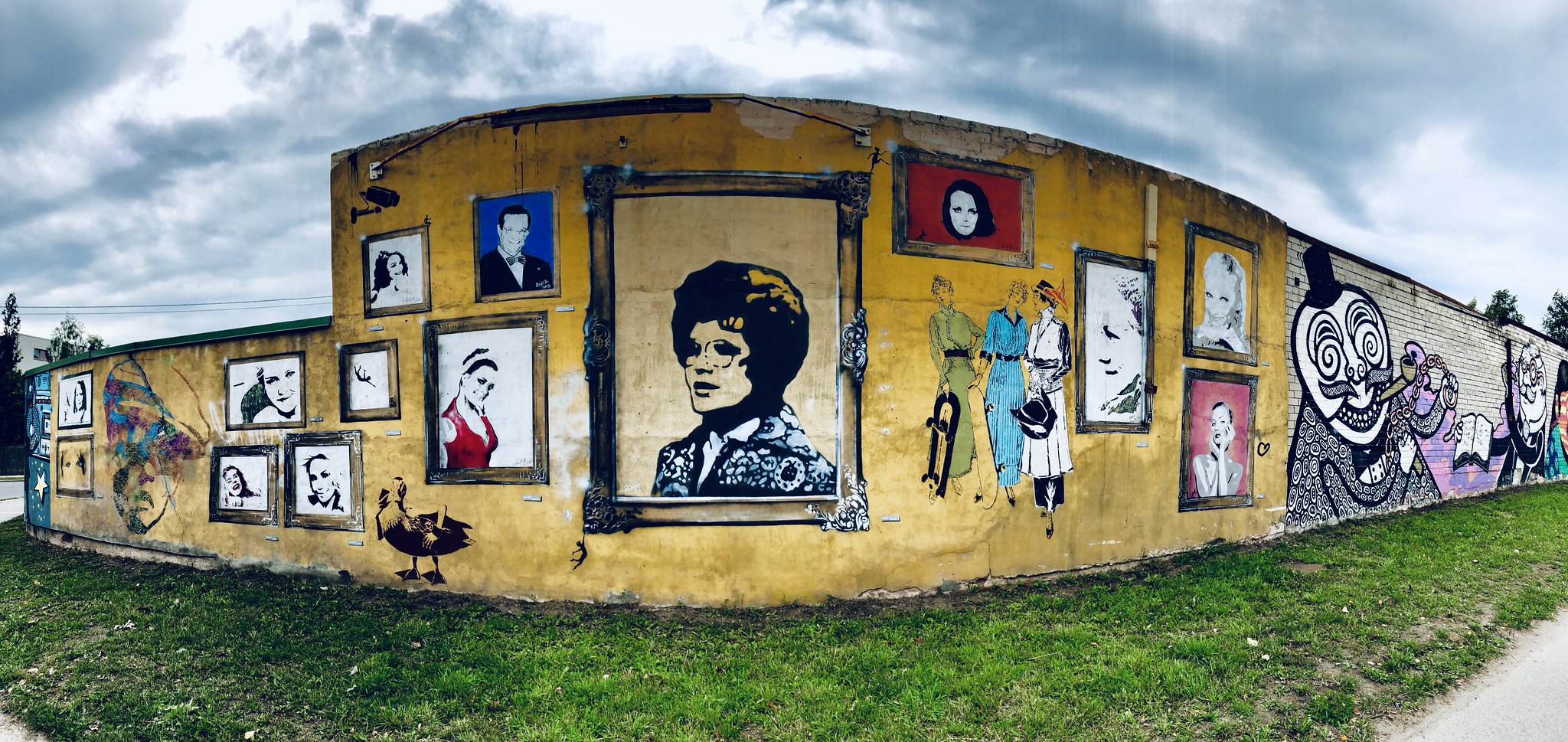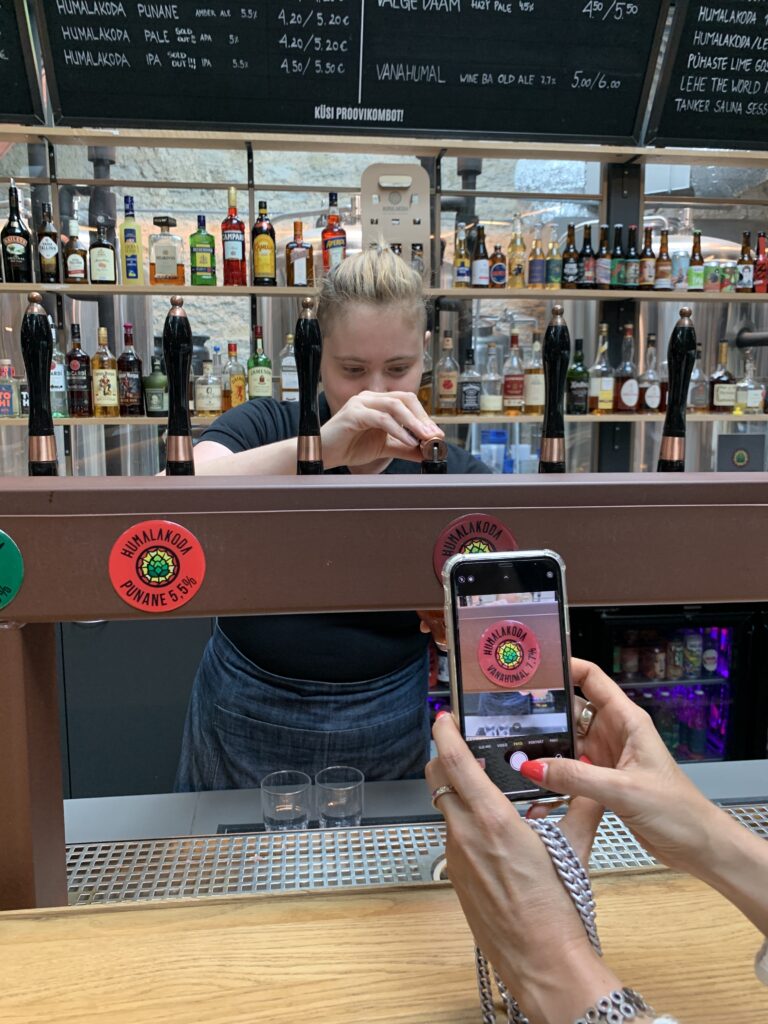10 REASONS WHY CHOOSE TARTU FOR YOUR NEXT CONFERENCES
Tartu, Estonia’s second largest city with a population of 100,000 is located in South Estonia. The oldest city in the Baltics is a leafy university town with a youthful, energetic vibe. It is home to one of Northern Europe’s oldest universities, a wealth of museums and a rich mix of cultural events. Tartu has also been designated one of three European Capitals of Culture for 2024
Besides being one of the most popular tourist destinations in Estonia, Tartu is a global meeting and conference destination. The city hosts hundreds of events every year, ranging from small meetings to corporate events and international conferences. Here are just ten reasons why you should choose Tartu as your next conference or meeting destination:
1. University City

Tartu has several nicknames – it is known as the “Town of Good Thoughts”, “The intellectual capital of Estonia”, “Athens-upon-the-Emajõgi” and a “Smart Town since 1632”. All of these highlight the positive aspects of Tartu, showcasing the town’s strengths. Tartu is the Estonia´s main centre of knowledge and study with the nation´s top university, as well as a number of other institutes, research centres, biotechnology industries and several software companies located there. Being home to globally-connected institutions such as Tartu University and the Estonian University of Life Sciences has made the ‘City of Good Thoughts’ a magnet for all kinds of international conferences, particularly those related to scientific and medical fields. Tartu is also the focal point of Estonia’s active biotechnology sector as well as hotbed of IT development and start-ups, the cradle of world-class companies like ZeroTurnaround, Fortumo and Playtech. Tartu is the intellectual capital of Estonia, full of friendly and vibrant people who care about their environment.
2. European Capital of Culture in 2024

In 2024, Tartu will hold the title of European Capital Of Culture, bringing it even more international visibility. The leading theme of Tartu 2024, the European Capital of Culture is “Arts of Survival” which is meant to express the power of the arts in affecting Europe’s future in three larger areas of life: environmentally friendly culture with a focus on real human communication, strong communities and essential skills for living and, indeed, survival in the coming years.
3. Awarded Green Destination

Clean environment and maintaining green city living has been Tartu’s focus for decades. Tartu has always tried to make environmentally conscious decisions regarding its environment, industry, infrastructure and the health of our citizens. In a situation where many cities are competing with each other in the realm of technology to become “smart”, Tartu has always set its focus towards people. Since 2020 Tartu has been part of the Green Destinations programme.The international assessment in 2021 brought Tartu the Green Destinations Silver Award. In addition, Tartu has been selected among TOP 100 Sustainable Destinations.
4. Impress with unique settings

Sometimes a standard exhibition space or characterless conference venue just won’t do.Tartu offers a full range of one-of-a-kind gathering spots for those who truly want to give their guests a night to remember. The grand hall of The Assembly Hall of the University of Tartu, for example, will lend a touch of neoclassical elegance to any gala or reception while the 300-year-old Gunpowder Cellar roars with a beer-hall feel. The White Hall of the Museum of the University of Tartu, is one of the most prestigious venues of Tartu and a popular place to hold conference receptions. More modern edge can be found in the gigantic building of the Estonian National Museum. Those looking for science- or history-related backdrop can consider hosting an event in the University of Tartu Old Observatory, or in the AHHAA Science Centre, the Tartu Environmental Education Centre or The Comb Factory. Lodjakoda boatbuilding workshop complex is the newest location for out-of-the box events in Tartu.
The biggest venues in Tartu are University of Tartu Academic Sports Club Conference Centre, where you can organize conferences up to 2000 people and Vanemuise Concert Hall – which can provide seating up for 1,000 guests. For smaller meetings, consider TYPA – fabulous printing museum in a former boot factory.
5. Wide range of hotels to choose from

The city has around 1,300 guest rooms in total, representing a good mix of 3 to 5-star options, all affordably priced. More information on Tartu hotels can be found HERE.
6. Cosy and Compact

The small and tightly packed size of Tarty city centre makes it wonderful for short visits. Most attractions, shopping, dining and green spaces are within an easy stroll of conference venues and accommodation – making them ideal for delegates to travel to, to enhance their visit. During your event in Tartu it is also easy to use environmentally friendly transport like Tartu Smart Bike Share. Tartu Smart Bike Share has more than 80 stations all over the city and 750 bicycles, of which around 500 are electric.
7. Enjoy Great Food

Being a cultural hub as well as home to 20,000 students has given Tartu an incredibly rich and varied dining scene. Classical gourmet, modern, ethnic, street food – you’ll find it all here! The city also boasts also an active café culture so there’s never a shortage of interesting places for a one-on-one discussion, a relaxing break or an evening of unwinding. For recommendations, please see Visit Tartu’s Eat and Drink Section.
8. Lively and Vibrant

In Tartu you will experience a great combination of cultural heritage, stunning architecture, colorful street art and acres of green space in the heart of the city. The bohemian wooden districts Karlova and Supilinn (Soup Town) are especially interesting to visit as the exciting history, eye-catching architecture and colorful street art of the neighborhoods meet – it truly is a “little wooden city”, known for its old wooden houses and a bit of an eccentric atmosphere. The industrial interiors and hipster vibes of Aparaaditehas Creative City (The Widget Factory) bring together design and art shops, a unique and cozy bookshop, cool restaurants, galleries and several event venues. It is a great place to experience the artistic part of Tartu.
9. Memorable Conference Social Programmes

Taking time out during the conference to relax and meet new people is important. You can easily enhance the attendee experience by introducing your guests to this fascinating city and its surroundings. Start with a guided walking tour of Tartu or Explore the city with Tartu Street Art Tour, then continue by visiting some of the city’s dozens of museums, checking out the latest exhibition at the Tartu Art House, taking a quick barge cruise along the Emajõgi River or sipping suds at the A. Le Coq brewery’s Beer Museum. Out-of-town options include trips down the so-called Onion Route along the shores of Lake Peipsi, home to a unique community of Russian Old Believers, and visits to the Mooste Manor to experience Estonia’s nature and traditional way of life. In Estonia, nature areas are never far away and the most magical of these are the ancient peat bogs that dot the land. These one-of-a-kind ecosystems are best visited on bog-walking tours, which don’t require any special physical training or equipment. The most popular bog walking tours for Tartu conference-goers are the Valgesoo nature study trail, the Meenikunno bog, Männikjärve bog.
10. Financial support
Tartu Conference Funding Scheme has been initiated by the City of Tartu in order to raise awareness of Tartu as a world-class conference destination, and to help increase the number of conference participants’ overnight stays in the accommodation establishments in Tartu. The requirements of applying for funding are that the conference is held in Tartu, the total number of overnight stays in the city must amount to a minimum of 100, and the duration of the conference program is at least two consecutive days.
Planning an event?
For more information about TARTU as a conference destination, get in touch with us directly!
The blog post is written in co-operation with Visit Tartu



